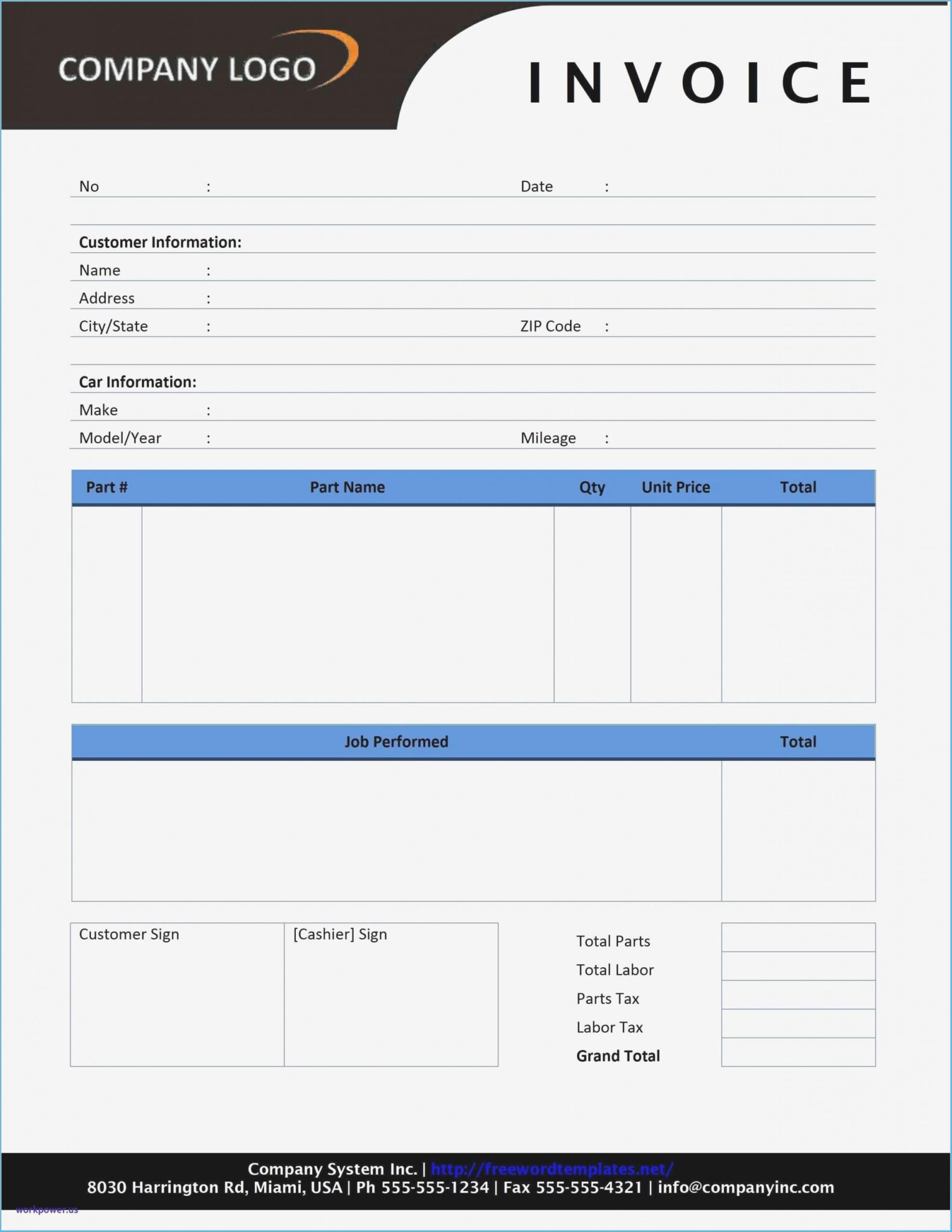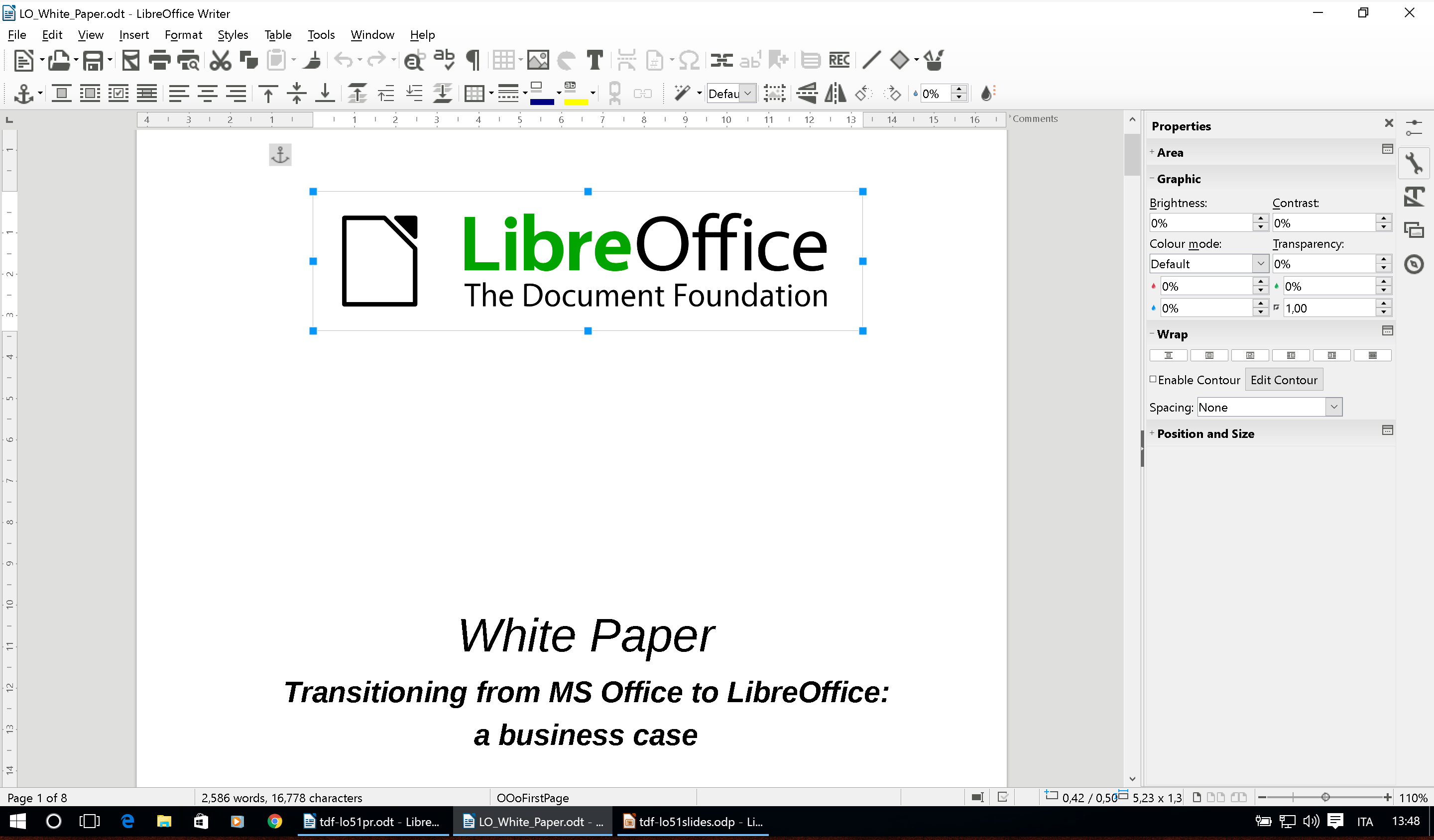

Sh2range = sh2.getCellRangeByPosition(0, i, 3, i) Rem Now create a new sheet and write this data there

Rem Move entries with profession Writer to new sheetĬrs(0) = sh.getCellRangeByPosition(0, 0, 3, 0)Ĭrs(j) = sh.getCellRangeByPosition(0, i, 3, i) Move all entries for writers in new sheet.
 Check which all people have profession writer. You should now see the Macro editor screen in LibreOffice Basic.Īs we can see, manually created Macros are by default created under “My Macros & Dialogs -> Standard -> Module1”.Ĭurrently there are two macros present: One is Main, which is a default empty macro, and other is test, the macro we created above. It will open the LibreOffice Basic Macros window as shown in the screenshot below.Įnter a new name for the Macro, then click the New button on the lower right side of the window. To open the Macros organiser, go to Tools » Macros » Organize Macros » LibreOffice Basics. Creating And Running a Macro in LibreOffice Calcįirst, let’s create a worksheet with some sample data. The LibreOffice suite comes pre-installed in most Linux distributions, including Ubuntu, Debian, Fedora, and CentOS. However, it does not support Visual Basic, but supports its own language LibreOffice Basic, for programming macros. It has a built-in Macro engine to develop and run Macros for automation. It comes with a number of features and an interface similar to Excel. The LibreOffice app equivalent of Microsoft Excel is called LibreOffice Calc. Developed by leading Office Productivity software developers and contributors, it offers a complete replacement for Microsoft Office on multiple Operating Systems. LibreOffice is the FOSS world’s answer to the mainstream and proprietary Microsoft Office Suite.
Check which all people have profession writer. You should now see the Macro editor screen in LibreOffice Basic.Īs we can see, manually created Macros are by default created under “My Macros & Dialogs -> Standard -> Module1”.Ĭurrently there are two macros present: One is Main, which is a default empty macro, and other is test, the macro we created above. It will open the LibreOffice Basic Macros window as shown in the screenshot below.Įnter a new name for the Macro, then click the New button on the lower right side of the window. To open the Macros organiser, go to Tools » Macros » Organize Macros » LibreOffice Basics. Creating And Running a Macro in LibreOffice Calcįirst, let’s create a worksheet with some sample data. The LibreOffice suite comes pre-installed in most Linux distributions, including Ubuntu, Debian, Fedora, and CentOS. However, it does not support Visual Basic, but supports its own language LibreOffice Basic, for programming macros. It has a built-in Macro engine to develop and run Macros for automation. It comes with a number of features and an interface similar to Excel. The LibreOffice app equivalent of Microsoft Excel is called LibreOffice Calc. Developed by leading Office Productivity software developers and contributors, it offers a complete replacement for Microsoft Office on multiple Operating Systems. LibreOffice is the FOSS world’s answer to the mainstream and proprietary Microsoft Office Suite.







 0 kommentar(er)
0 kommentar(er)
